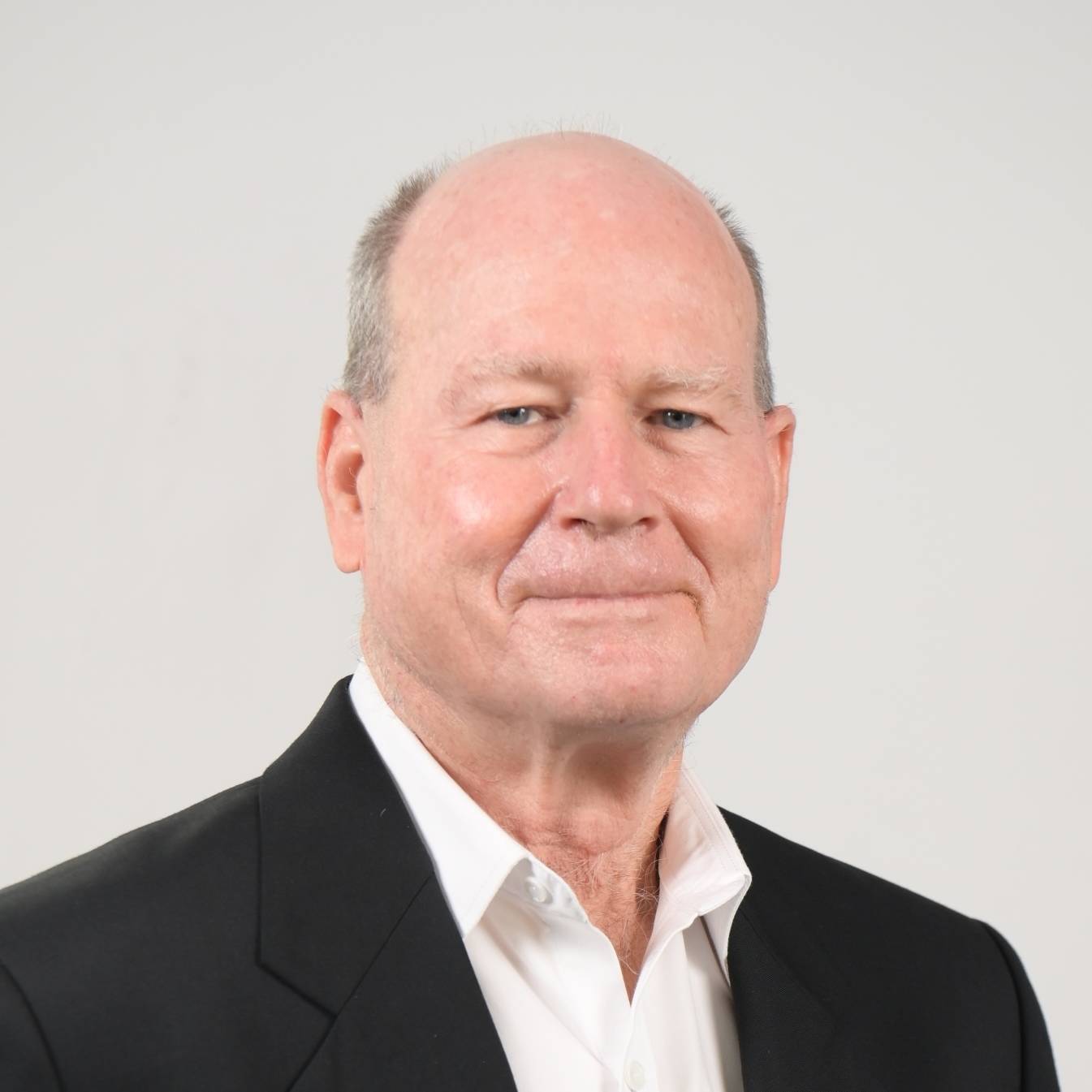
Robins McIntosh
Executive Vice President
Charoen Pokphand Foods Public Company Limited (CPF)
Thailand
Robins is an Executive Vice President, Charoen Pokphand Foods Public Company Limited (CPF), Thailand. He has been involved in shrimp and prawn aquaculture for over 30 years, having lived and worked in Brazil, Hawaii, Myanmar, Philippines, Guatemala, Mexico, Belize, India, and Thailand. His projects have spanned the development of grow-out systems, shrimp feeds, and hatchery technologies. Robins was responsible for developing the first zero water exchange, intensive and revolutionary shrimp farm, i.e. Belize Aquaculture, Ltd in Belize.
Prior to Belize he worked as a technical consultant to both Zeigler Brothers in the development of advanced Penaeus vannamei diets and with several large farms in Guatemala, Mexico and Honduras. His initial work in shrimp aquaculture was with the freshwater prawn Macrobrachium, being employed as a researcher with Weyerhaeuser in Florida and Brazil. Shrimp was interrupted for four years as he took on responsibilities of developing and managing the algae to fuel program for the U.S. DOE (Solar Energy Research Institute). Shrimp and Macrobrachium projects in Myanmar brought him back to Asia, where he later was involved in the development and management of Thai Hawaiian Hatcheries in Thailand. Under his direction, hatcheries were modernized, genetic programs were initiated, and farm management was made more systematic and bio secure. He is also the CEO of Homegrown Shrimp, a US subsidiary of CPF focused on producing shrimp in indoor facilities in the USA.
| Session | State of the Global Shrimp Supply and Demand |
| Presentation | Is the Asian Shrimp Model Broken? |
Abstract
For the past five or more years, there have been increasing indications that historically, the countries responsible for most of the world’s farmed shrimp production have struggled to increase production levels and maintain competitive costs. At the same time, Ecuador has made headlines for becoming a dominant force in the shrimp business, producing an increased quantity of shrimp at lower farm costs than its Asian counterparts. Asia was built on what became known as the Asian Intensive model, combining SPF genetically improved P. vannamei shrimp with aeration, well-formulated quality feeds, auto feeders, water and bottom management and an assortment of probiotic bacteria.
Asian farms applying this technology resulted in Asian dominance of world shrimp, with peak dominance pre-AHPND: 80% of world shrimp being produced in Asia in 2010. Lower shrimp availability and higher market prices during the time of AHPND resulted in the emergence of Ecuador and India as new shrimp export powers.
The emergence of AHPND also resulted in changes to the Asian shrimp model: toilets or settling basins that could be drained or pumped kept shrimp pond bottoms cleaner, use of multiphase culture (nursery), disinfectants, promotion of more remediation products, the re-emergence of antibiotic use, and maybe most importantly increases in pond shrimp density. With these changes to the model, new pathogens emerged and became the dominant cause of the increased pond failures: EHP and toxic Vibrios.
The question must be asked: Is the basic model broken, or how is this model being applied to farming today? Comparisons with culture in Ecuador, India, Vietnam, Thailand and Indonesia provide insights into what has gone wrong, and what is going right.



